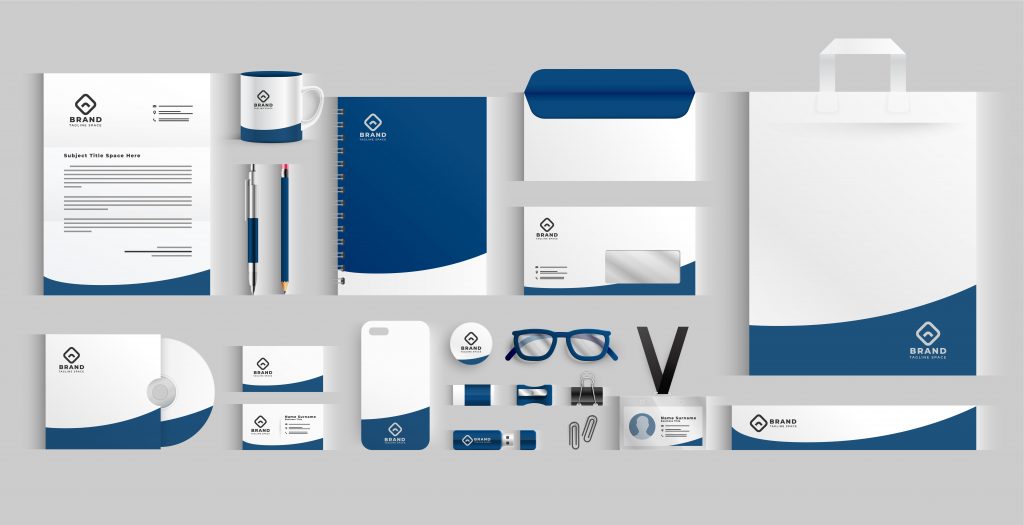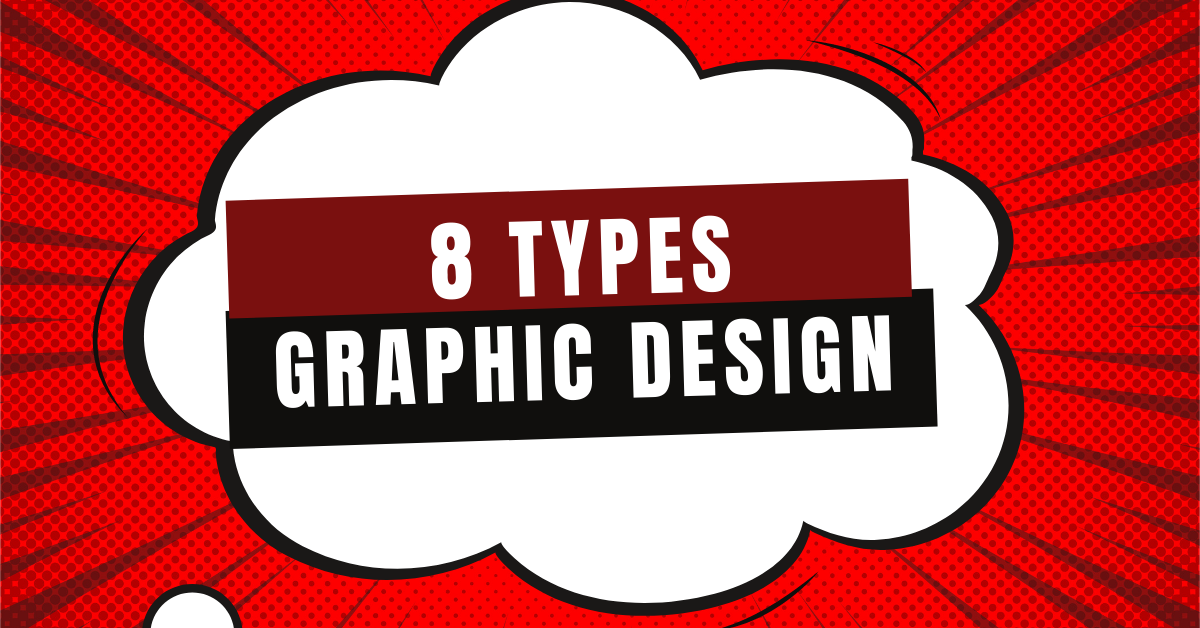Graphic design is the art of communication, stylizing, and problem-solving through the use of type, space, and image. The field is considered a subset of visual communication and communication design, but sometimes the term “graphic design” is used synonymously. Graphic designers create and combine symbols, images, and text to form visual representations of ideas and messages. They use typography, visual arts, and page layout techniques to create visual compositions. Here are the 8 types of graphic design:
1. Social Media Graphic Design
As a graphic designer, you know the power of a great visual. Graphic design for social media can be a great way to get your message across to your audience, and to make a lasting impression.
However, with so many different social media platforms out there, it can be difficult to know where to start. That’s why we’ve put together this guide to social media graphic design for graphic designers.
We’ll cover the basics of each platform, and give you some tips on how to create visuals that will grab attention and make a lasting impression.
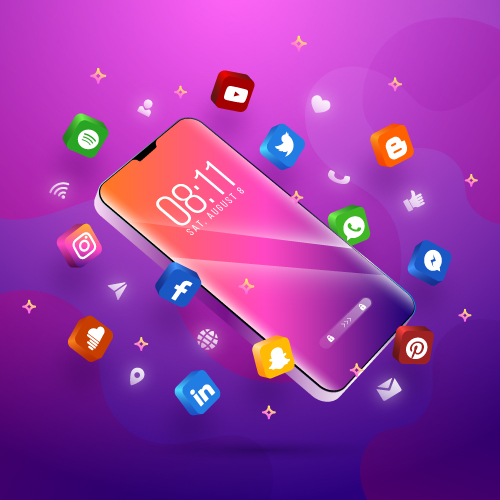
As the largest social media platform, Facebook is a great place to start when it comes to social media graphic design. When creating visuals for Facebook, keep in mind the following:
- Images should be high quality and relevant to your brand.
- Avoid text-heavy images, as they can be difficult to read on a small screen.
- Make sure your images are the right size for each platform. For example, the cover photo on your Facebook Page should be 851×315 pixels.
- Think about how your images will look on both desktop and mobile devices.
- Try to use images that evoke emotions, as these tend to perform well on Facebook.
With over 1 billion monthly active users, Instagram is a great platform for reaching a wide audience. When creating visuals for Instagram, keep the following in mind:
- Images should be high quality and visually appealing.
- Remember that Instagram is a mobile-first platform, so make sure your images are optimized for small screens.
- Use hashtags to reach a wider audience.
- Think about using filters and other editing tools to make your images stand out.
- Try to post images that are on-brand and aligned with your company’s values.
Twitter is a great platform for sharing short, timely updates with your followers. When creating visuals for Twitter, keep the following in mind:
- Images should be high quality and relevant to your tweet.
- Make sure your images are the right size for each platform. For example, the cover photo on your Twitter profile should be 1500×500 pixels.
- Think about how your images will look on both desktop and mobile devices.
- Consider using images that are funny, inspiring, or thought-provoking.
LinkedIn is a professional networking platform with over 630 million users. When creating visuals for LinkedIn, keep the following in mind:
- Images should be high quality and relevant to your brand.
- Make sure your images are the right size for each platform. For example, the cover photo on your LinkedIn profile should be 1584×396 pixels.
- Consider using images that are professional and aligned with your company’s values.
- Think about how your images will look on both desktop and mobile devices.
Pinterest is a visual bookmarking platform with over 250 million monthly active users. When creating visuals for Pinterest, keep the following in mind:
- Images should be high quality and visually appealing.
- Make sure your images are the right size for each platform. For example, the cover photo on your Pinterest profile should be 165×165 pixels.
- Use descriptive text to accompany your images, as this will help them rank higher in search results.
- Think about using keywords in your image descriptions to reach a wider audience.
- Try to post images that are on-brand and aligned with your company’s values.
As you can see, there are some key things to keep in mind when creating visuals for each social media platform. By following these tips, you can create visuals that will grab attention, make a lasting impression, and help you reach your target audience.
2. User Interface Graphic Design
User interface (UI) designers work to create attractive, user-friendly layouts for websites and apps. They work closely with web developers and other designers to create the look and feel of a site or product.
UI design is all about how a user interacts with a product. A good UI designer makes sure that users can easily find what they need and understand how to use the product. They also consider the overall aesthetic of the product and make sure that it is visually appealing.
Becoming a UI designer generally requires a bachelor’s degree in graphic design or a related field. Many UI designers also have experience in web design or coding. It is also important to be familiar with various design software programs, such as Adobe Photoshop and Sketch.
Skills that are important for UI designers include:
- Creativity: UI designers must be able to come up with new and innovative ideas that will appeal to users.
- Attention to detail: UI designers need to be able to create designs that are visually appealing and easy to use.
- Communication: UI designers need to be able to communicate their ideas clearly to other designers and developers.
- Flexibility: UI designers need to be able to adjust their designs based on feedback from users or other stakeholders.
There are four types of user interface graphic design, and they are:
- Direct manipulation: This type of user interface graphic design allows users to directly manipulate objects on the screen. This is done by using a pointing device, such as a mouse, to move objects around.
- Form-based: This type of user interface graphic design uses forms to collect information from users. Forms are typically used to collect data such as name, address, and credit card information.
- Menu-based: This type of user interface graphic design uses menus to help users navigate through a website or application. Menus typically provide a list of options that users can select from.
- Command-line: This type of user interface graphic design uses a command-line interface to provide users with a way to enter commands. Command-line interfaces are typically used by developers and power users.
There are many examples of user interface graphic design, we will only cover the 3 most common ones:
Web UI Design
When it comes to web UI design, there are endless possibilities. You can use UI elements to create unique and engaging interfaces for websites and web applications.
For example, you can use UI elements to create custom forms, menus, and buttons. You can also use UI elements to add visual interest to your webpages. And if you’re designing an eCommerce website, you can use UI elements to design an interactive and user-friendly shopping experience.
App UI Design
App UI design is all about creating interfaces that are both beautiful and easy to use. And while there are many different ways to approach app UI design, one of the best ways to get started is to use pre-designed UI kits.
Pre-designed UI kits are a great way to quickly and easily add professional-looking UI elements to your app. And the best part is, there are UI kits available for almost any type of app, from social media apps to productivity apps.
Game UI Design
Game UI design is all about creating interfaces that are both fun and functional. And while there are many different ways to approach game UI design, one of the best ways to get started is to use pre-designed UI assets.
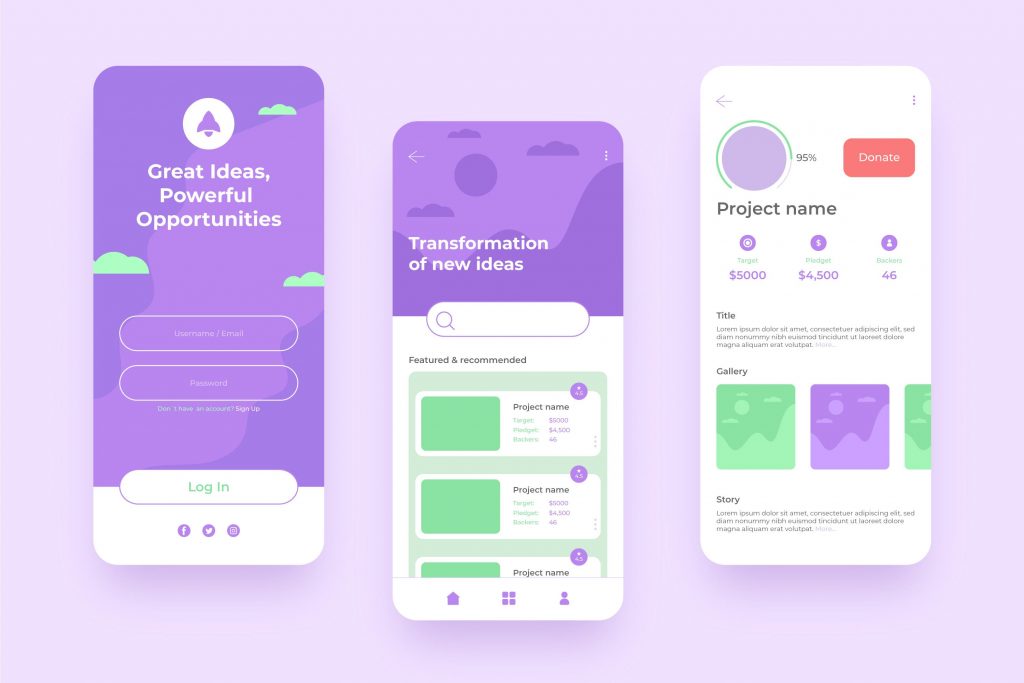
3. Packaging Graphic Design
Packaging graphic design is the process of creating artwork and designs for packaging products. This can include anything from food and beverage packaging to cosmetic and retail packaging. Packaging designers work with a variety of mediums to create their designs, including paper, cardboard, plastic, metal, and glass.
The packaging design process typically begins with a briefing from the client, which includes information about the product, the target audience, and the overall look and feel that the client is hoping to achieve. From there, the designer will create a variety of concepts and designs for the client to choose from. Once a design is selected, the designer will finalize the artwork and prepare it for production.
Packaging graphic design is a critical part of the product development process, as it can have a major impact on a product’s success. A well-designed package can help a product stand out on the shelves and attract attention from consumers. Conversely, a poorly designed package can turn potential customers away.
Importances of packaging graphic design
As a graphic designer, you are probably well aware of the importance of effective packaging design. After all, an eye-catching design can make a product more appealing to potential customers, which can ultimately lead to increased sales.
But what you may not realize is just how important packaging design is to the overall success of a product. In fact, packaging design is one of the most important aspects of any product launch.
Think about it – when a new product hits store shelves, it is the packaging that will catch the consumer’s eye. If the packaging is dull or unappealing, the consumer is likely to move on to another product.
On the other hand, if the packaging is eye-catching and engaging, the consumer is more likely to pick up the product and take a closer look. From there, it is up to the product itself to make the sale.
So, as a graphic designer, you play a crucial role in the success of any product launch. Your packaging designs can make or break a product, so it is important to put your best foot forward and create designs that are truly impactful.

4. Advertising & Marketing Graphic Design
Advertising and marketing graphic design is the process of creating visuals to communicate a message to a target audience. This can include anything from creating a logo to designing an advertisement. Graphic designers use their creativity and technical skills to create designs that capture the attention of the audience and communicate the desired message.
The field of advertising and marketing graphic design is constantly evolving as new technologies and trends emerge. Graphic designers must be able to keep up with these changes and adapt their designs accordingly. They also need to be able to work within the constraints of a budget and deadline.
Advertising and marketing graphic design can be a very rewarding career for those with a passion for creativity and a strong technical skillset. It offers the opportunity to use one’s creativity to influence the way people think and behave. If you are considering a career in graphic design, be sure to research the field thoroughly to ensure that it is the right fit for you.
Here are 4 tips to create fantastic advertising & marketing graphic design:
Pay attention to the overall message
When creating an advertising or marketing graphic, it’s important to consider the overall message you want to communicate. What do you want your audience to know or think after seeing your design? Keep this in mind throughout the entire design process, from initial concepts to the final execution.
Keep it simple
When it comes to advertising and marketing materials, less is often more. Use clean, simple designs that are easy to understand and digest. Avoid clutter and complex graphics that can be confusing or overwhelming.
Use strong visuals
Since advertising and marketing graphics are often seen by people who are quickly scrolling through social media or flipping through a magazine, it’s important to use strong visuals that will grab their attention. Use bold colors, interesting fonts, and eye-catching imagery to make your design stand out.
Test your design
Before you finalize your advertising or marketing graphic, it’s important to test it out on a real audience. Show it to some friends or family members and see what they think. Does the overall message come across clearly? Is the design too busy or confusing? Getting feedback from others can help you make necessary adjustments to your design before you launch it to the public.
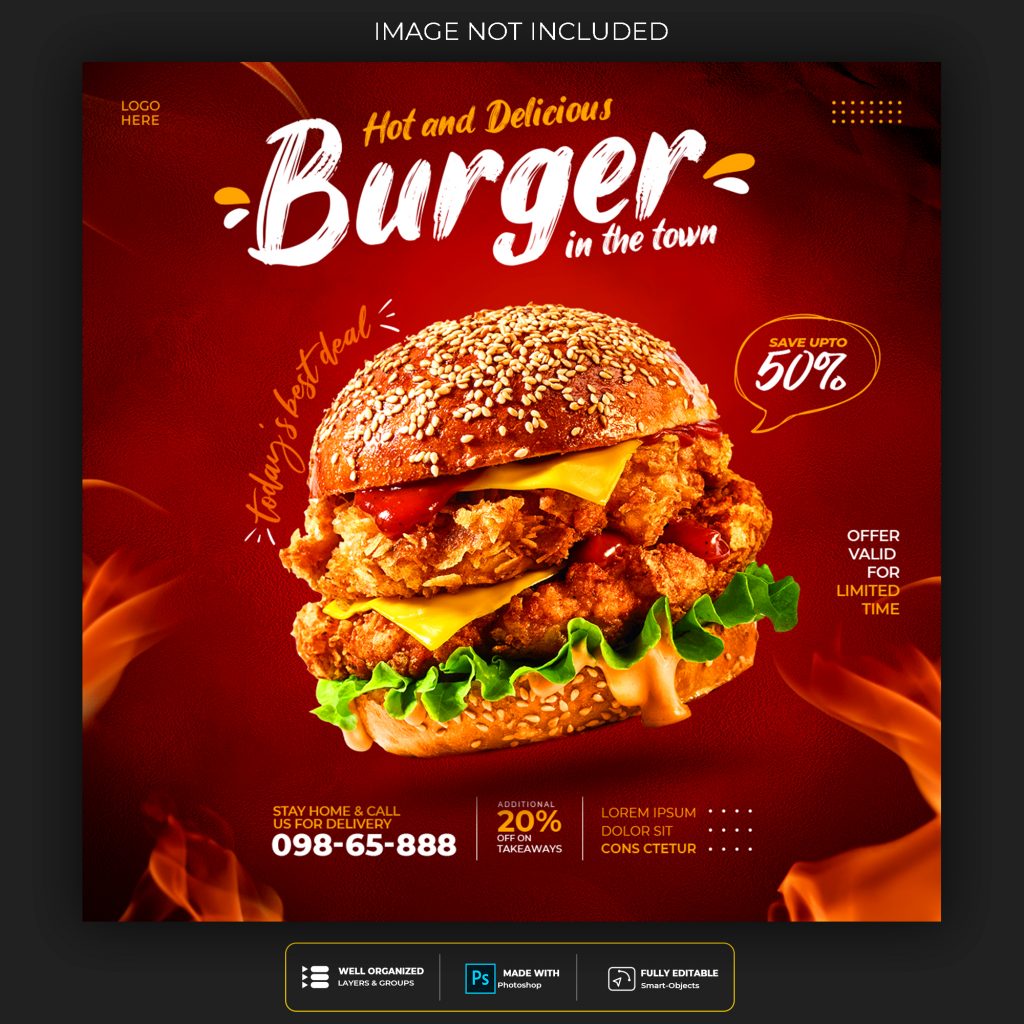
5. Motion Graphic Design
Motion graphic design is the art of creating moving images. This can be done through a variety of mediums, including film, television, and the internet.
While the term “motion graphic design” is relatively new, the concept itself is not. For centuries, people have been creating images that move, whether it’s a simple flip book or a more complex animation. However, it wasn’t until the late 20th century that motion graphic design really began to take off.
With the advent of film and television, motion graphic design really came into its own. Suddenly, designers had a whole new medium to work with, and they began to experiment with different ways to create moving images.
Today, motion graphic design is more popular than ever. Thanks to the internet, it’s now possible for designers to reach a global audience with their work. And with the ever-growing popularity of video, it’s likely that motion graphic design will only become more popular in the years to come.
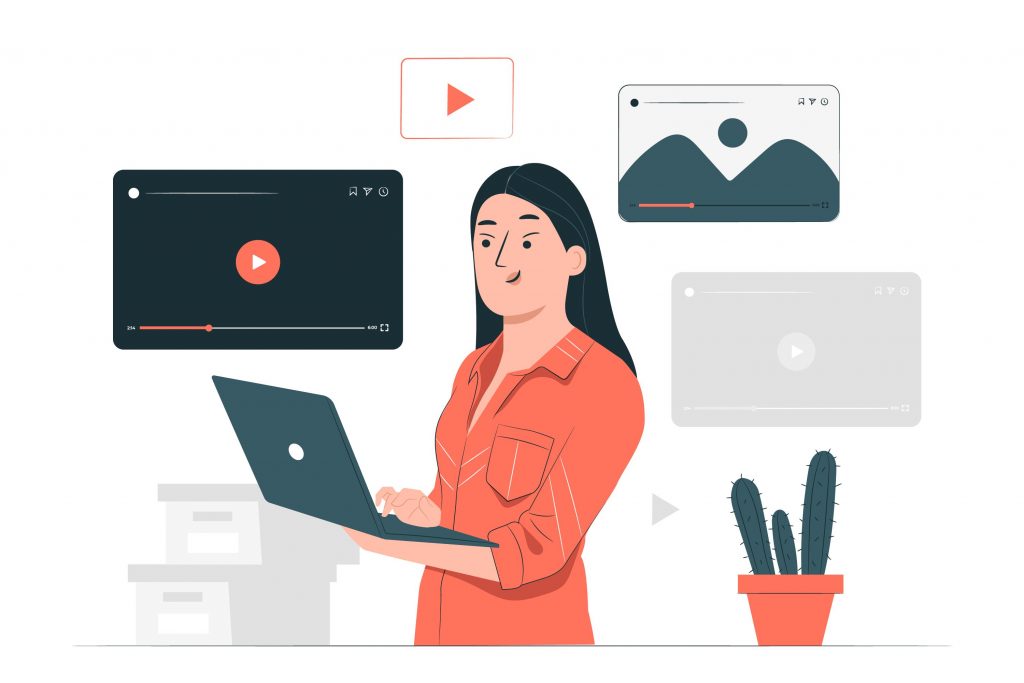
6. Illustration Graphic Design
Illustration graphic design is the process of creating images that communicate ideas and messages. The field of graphic design is constantly evolving, and illustration graphic design is no exception. In fact, illustration graphic design is one of the most dynamic and exciting areas of graphic design.
Illustration graphic design is all about creating visual representations of ideas. This can be done in a number of ways, but the most common method is through the use of images. Illustrators use a variety of techniques to create their images, including hand-drawing, digital painting, and even 3D modeling.
The great thing about illustration graphic design is that it can be used to communicate just about any idea. Whether you want to communicate a message to your customers, or simply create an eye-catching design, illustration graphic design can help you achieve your goals.
If you’re a graphic designer, or if you’re interested in becoming one, then you should definitely consider adding illustration graphic design to your skill set. It’s a great way to make your designs more engaging and visually appealing. Plus, it’s a lot of fun!

7. Print & Publication Graphic Design
In a nutshell, this type of graphic design is responsible for the layout and design of printed materials such as magazines, newspapers, books, and other printed collateral.
If you’re interested in pursuing a career in print and publication graphic design, here’s what you need to know.
First and foremost, print and publication graphic designers must have a strong understanding of typography. This includes an ability to select the right typefaces for a project and to use typefaces in an effective and visually appealing way.
In addition to typography, print and publication graphic designers must also be skilled in layout and page design. This includes an ability to create layouts that are easy to read and navigate while also being visually appealing.
Finally, print and publication graphic designers must have a good understanding of the printing process. This includes an ability to prepare files for print and to troubleshoot any printing issues that may arise.
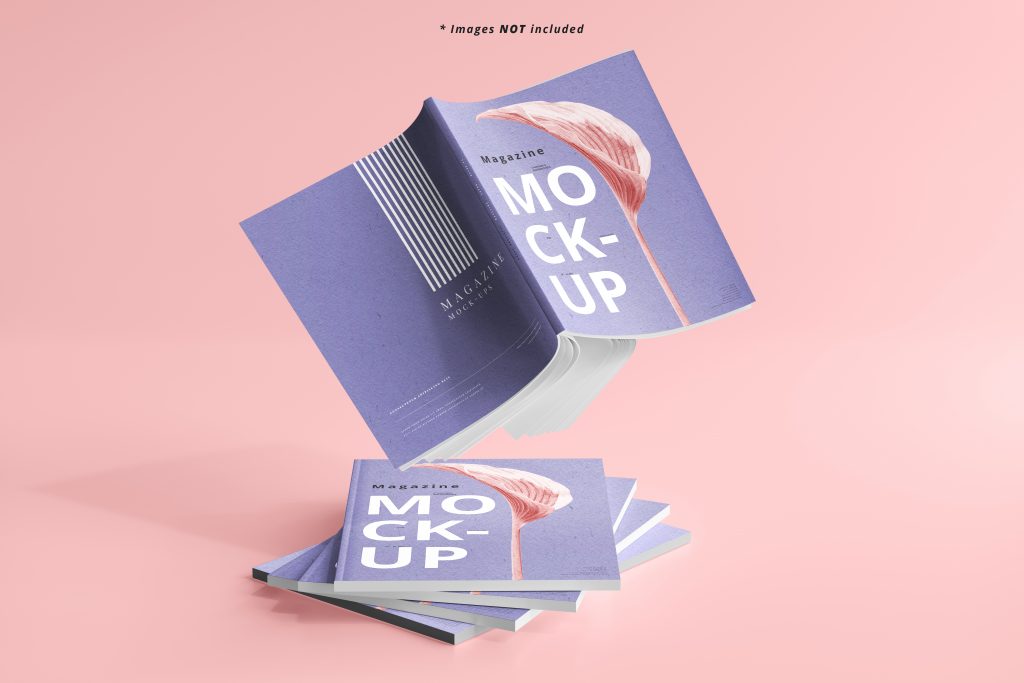
8. Brand Identity Graphic Design
A brand identity is the face of a company. It is the overall look of your business, including your logo, color scheme, typography, and other visual elements. A strong brand identity can help your business stand out from the competition and build trust with your customers.
A well-designed brand identity should be consistent across all of your marketing materials, from your website to your business cards to your social media posts. This consistency will help customers recognize and remember your brand.
If you’re working on designing a brand identity for your business, there are a few important things to keep in mind. First, your brand identity should be unique and recognizable. This means avoiding generic or Trendy designs that will quickly date.
Second, your brand identity should be consistent across all channels. This means using the same colors, fonts, and visual style in your website, social media, and print materials.
Third, your brand identity should be flexible. As your business grows and changes, your brand identity should be able to evolve with you. This means avoiding designs that are too specific or limiting.
Fourth, your brand identity should be reflective of your company’s values. Your visuals should communicate what your company is all about.
Fifth, your brand identity should be memorable. This means choosing designs that are eye-catching and easy to remember.
If you keep these things in mind, you’ll be well on your way to designing a strong brand identity for your business.
